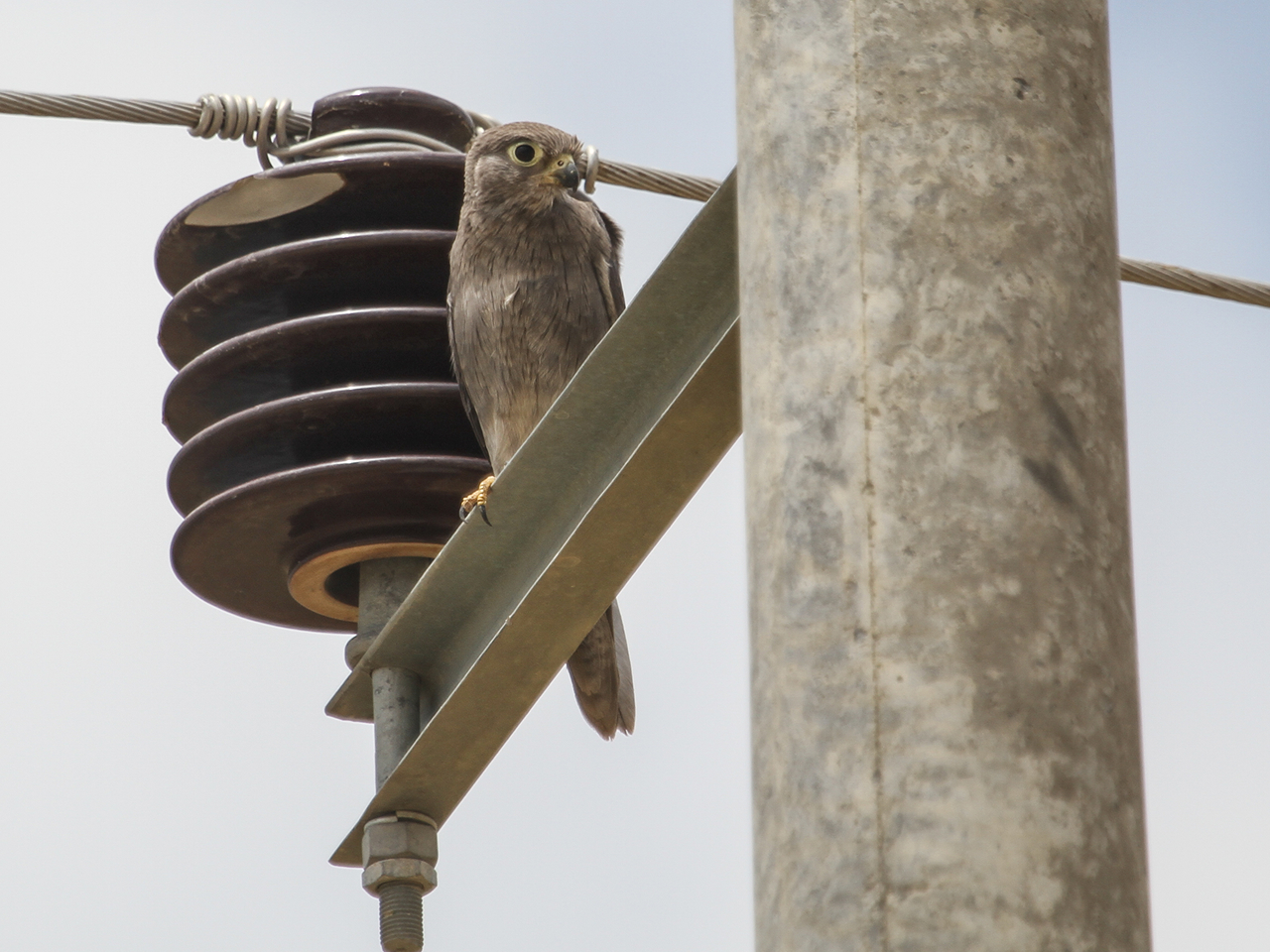
Evan Buechley
Building Relationships with the Energy Sector in Kenya
African raptors are rapidly declining, partly due to impacts from energy infrastructure expansion. Electrocutions on power poles have been identified as a leading cause of mortality for Kenya’s raptors, and new powerlines are being installed every month. Raptors are not the only wildlife affected by powerlines, with primates, cranes, storks, flamingos, and giraffes suffering from collisions and electrocutions. When our teams in Kenya received news of a new powerline being erected in Laikipia, an important region for wildlife, they and Kenya Wildlife Service quickly responded to raise awareness and try to address the new threat.
On January 29, 2025, The Peregrine Fund’s Kenya Program coordinated a regional meeting with representatives from the energy and conservation sectors. This milestone meeting between diverse sectors provided a platform for discussions around the challenges of wildlife-caused power outages and the impacts of powerline electrocutions and collisions on wildlife populations. The energy sector presented on mitigation efforts that are successfully being used to reduce wildlife mortalities, as well as dangerous infrastructure designs to avoid in the future. The conservation organizations provided information about hotspots of wildlife collisions and suggested areas for improvement.
Since the meeting, action to address bird collisions has already been taken! Representatives from Kenya Power and the International Crane Foundation met with management at a local university, where a short section of powerline had killed over 50 cranes in the last three years. They agreed to decommission the hazardous section of powerline and to install a safer alternative elsewhere. Additionally, Kenya Power has visited Soysambu Conservancy in the Rift Valley where they will mitigate four power poles that have electrocuted at least 14 raptors over 11 months.
With the rapid expansion of powerlines across Kenya, there is a greater need for collaboration between the energy sector and conservation organizations to ensure impacts on Kenya’s wildlife and ecosystems are minimized. The follow-up actions from this meeting are just the start of what we expect will be a long-term engagement with the energy sector. There remain many challenges to make Kenya’s powerlines safe for raptors. It will be a long road, but we’re moving in the right direction, alongside our partners in the energy sector.






